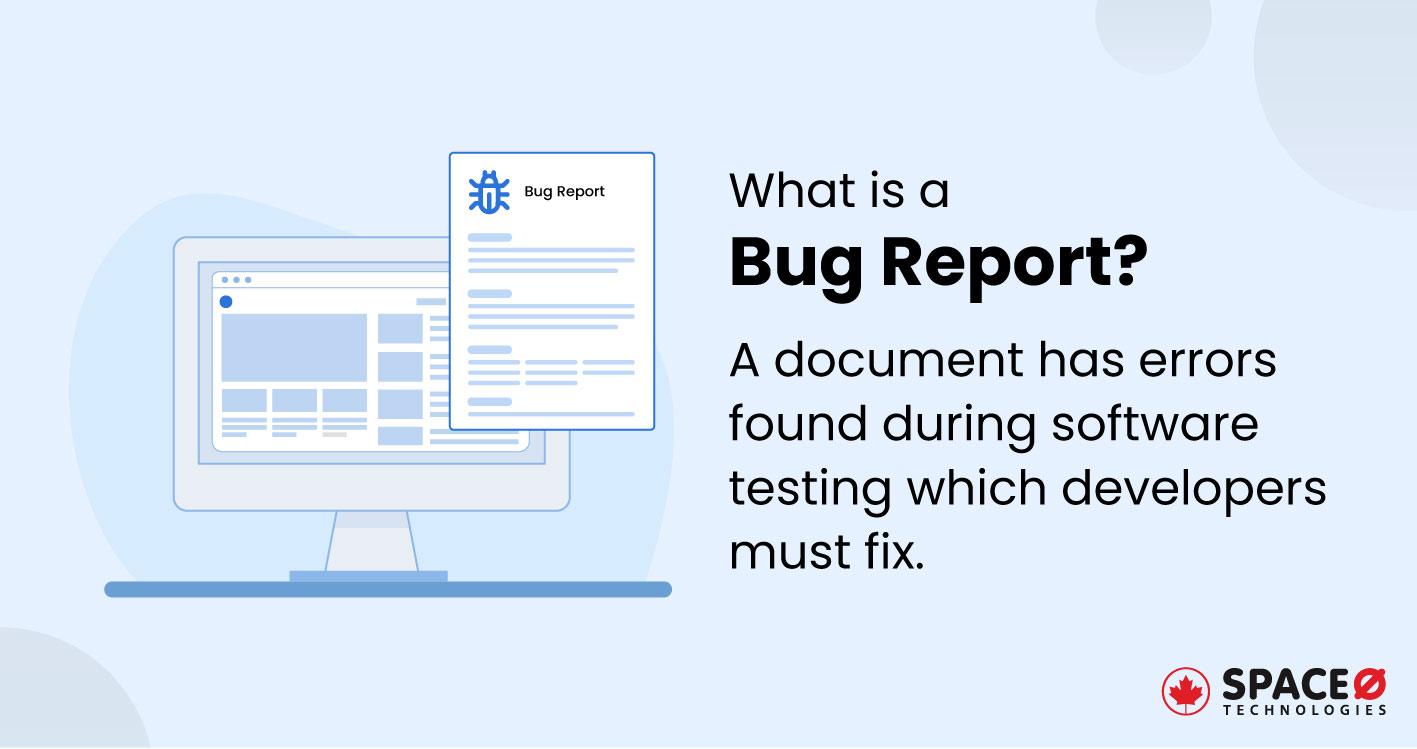
What is Smoke Testing? [A Complete Introduction]
Table of Contents
What is Smoke Testing?
Smoke testing is a type of software testing to check the major functionalities of a software application and ensure each functionality of software works correctly. Also, smoke testing is known to build verification testing as well as confidence testing.
The goal to run smoke tests is to identify and catch major issues or show-stoppers early in the testing cycle, thereby avoiding the wastage of testing time and effort on builds that are unstable or fundamentally broken.
For example, if a software build fails the smoke test, it’s typically considered unstable and is returned to the developers for rectification. Only builds that pass the smoke test move forward for further testing processes, which are conducted in detail.
So, smoke testing is an integral part of the software testing life cycle, which helps identify major issues at an early stage, ensuring the stability of the software for more rigorous and in-depth testing later on which includes different software testing types. If you want to learn which types of tests are conducted after smoke tests, here is a guide on types of software testing.
Why is Smoke Testing Important?
Here are the advantages of smoke testing in the software.
When you perform smoke testing, you can:
- Detect major functionality issues at early stages.
- Enhance overall software stability.
- Provide a cost-effective testing strategy.
- Reduce the risk of project failure.
- Facilitate effective continuous integration.
- Validate the functionality of core software features.
When to Conduct Smoke Testing?
Here are situations where you can perform smoke testing for the software.
After the Release of a New Software Build
When a new software build gets released, at that time, smoke tests are performed. Before moving further to a new build, smoke testing is conducted to ensure that all the key features are working as per expectations. Either with manual or automated methods smoke testing is conducted.
After Conducting Major Changes in the Software
Whenever significant updates, changes, or new functionalities are added to the software application, conducting smoke testing becomes mandatory. By introducing new changes and updates in the software, there is a chance of unforeseen problems. That’s where the smoke testing is conducted to identify the problems.
Afterwards, you can even conduct sanity testing which is quite similar but checks specific features of the software. So you can know if each of the individual functionalities performs as expected and move the software further for testing processes. You can learn quite in detail about sanity testing, and know how it is different from smoke testing.
Before Regression Testing
The idea to conduct smoke testing before any regression testing is that the system is stable and ready for more in-depth testing. Regression testing on an unstable build can lead to false positives and wasted effort. This way, you ensure the software build is stable for conducting further testing such as sanity testing, regression testing, system testing, and functional testing.
Prior Conducting Acceptance Testing
Before the software goes through acceptance testing, either by the quality assurance team or the client, smoke testing can ensure the software is ready and functioning at a basic level. After all, it’s better to catch any embarrassing glitches before the client does.
Post Bug Fixes
After the development team addresses bugs or defects and patches the software, a smoke test can ensure the fixes work correctly and haven’t caused any additional problems.
As you test all the functionalities with smoke testing, you should conduct cross-platform testing afterwards to ensure the software functions accurately wherever it runs. If you are unaware of cross-platform testing, read here the meaning of cross-platform testing.
What If You Don’t Conduct Smoke Testing?
If the testers don’t conduct smoke testing, serious issues could go undetected until later stages of the testing process, potentially wasting time and resources. Major bugs could remain hidden until the system undergoes detailed testing which could lead to expensive and time-consuming fixing of the bugs at a later stage. In the worst-case scenario, a critically flawed build might even make it to the release stage, causing reputational damage and financial losses.
What are the Different Methods for Performing Smoke Testing?
Here are the methods that allow you to perform smoke testing. The choice of method usually depends on factors such as the complexity of the software, the resources available, and the time constraints. Let’s learn about each type of method to conduct smoke tests.
- Manual smoke testing: In this method, software testers conduct smoke tests manually using specific tools and techniques. They follow a written set of test cases that cover the primary functionalities of the software app. However, conducting manual testing could be time-consuming as well as allows testers to better understand the software’s flow and behaviour.
- Automated smoke testing: This method involves automated smoke tests using a testing tool or scripting language. By automating smoke tests, the testers run different test cases quickly and frequently in environments that use continuous integration. However, setting up the automated tests initially can require significant time and resources.
- Hybrid smoke testing: An approach that combines both manual and automated methods of smoke testing. A smoke test suite could be performed manually, while others are automated. Such an approach can provide a good balance between the thoroughness of manual testing and the efficiency of automated testing, and there could be fewer chances of smoke test failure.
Examples of Smoke Testing
Here is a table that provides examples of smoke testing.
| Test Case ID | Test Scenario | Test Steps | Expected Result | Actual Result | Pass/Fail |
|---|---|---|---|---|---|
| ST_01 | Application launch | Open the web browser and navigate to the application’s URL | The application home page should load successfully | The application home page loaded successfully | Pass |
| ST_02 | User Login | Enter valid credentials and click on ‘Sign in’ | The user should be successfully logged in | The user was able to log in successfully | Pass |
| ST_03 | Compose Email | Click on ‘Compose’, write an email and click on ‘Send’ | The email should be sent and appear in the sent items folder | An email was sent but didn’t appear in the sent items folder | Fail |
| ST_04 | Receive Email | Send an email to the test account and refresh the inbox | The received email should appear in the inbox | The received email did not appear in the inbox | Fail |
| ST_05 | Open Email | Click on the received email | The email should open, and the content should be readable | The email opened and the content was readable | Pass |
| ST_06 | User Logout | Click on ‘Sign out’ | The user should be logged out successfully | The user was not logged out successfully | Fail |
In conclusion, smoke testing is a crucial preliminary step in the software testing process designed to identify major functionality issues early on. With smoke testing, you ensure software stability, optimize resource utilization, and facilitate effective continuous integration, making it an indispensable part of the software testing life cycle.
All our projects are secured by NDA
100% Secure. Zero Spam
*All your data will remain strictly confidential.
Trusted by


Bashar Anabtawi
Canada
“I was mostly happy with the high level of experience and professionalism of the various teams that worked on my project. Not only they clearly understood my exact technical requirements but even suggested better ways in doing them. The Communication tools that were used were excellent and easy. And finally and most importantly, the interaction, follow up and support from the top management was great. Space-O not delivered a high quality product but exceeded my expectations! I would definitely hire them again for future jobs!”

Canada Office
2 County Court Blvd., Suite 400,
Brampton, Ontario L6W 3W8
Phone: +1 (437) 488-7337
Email: sales@spaceo.ca




